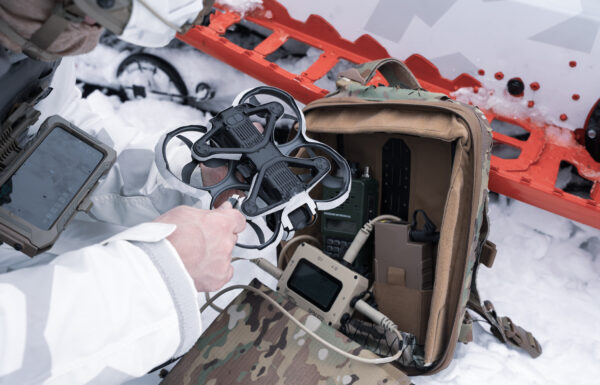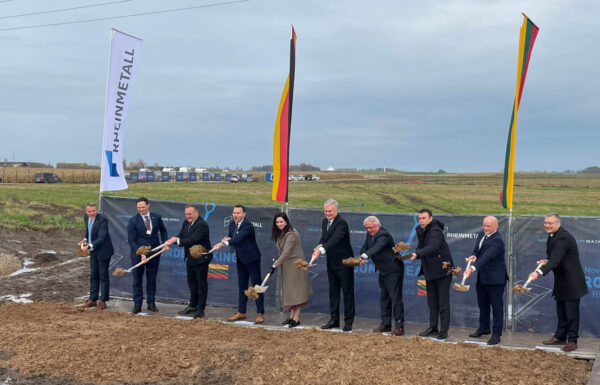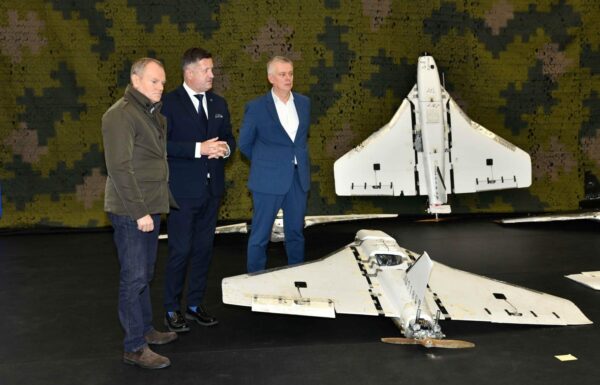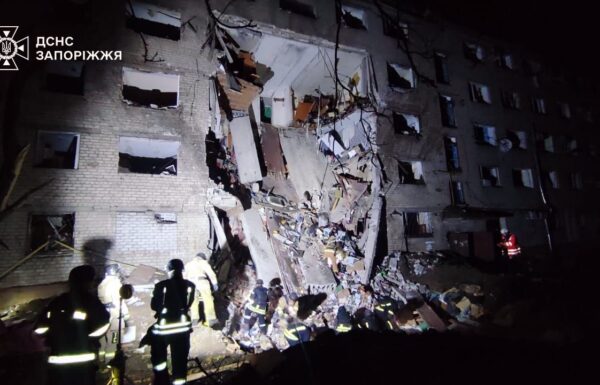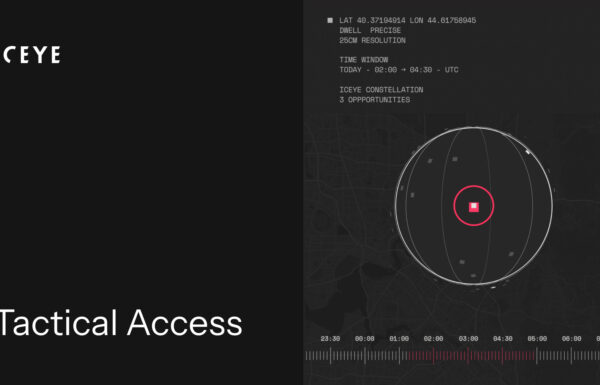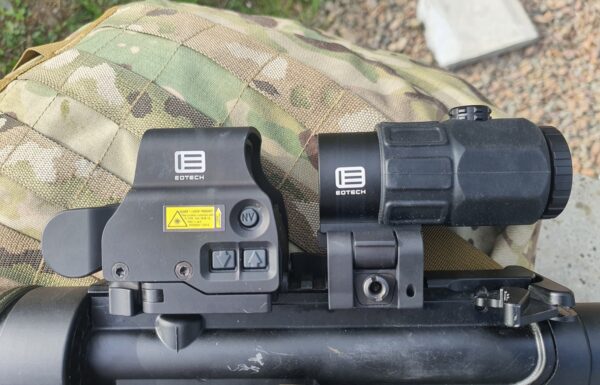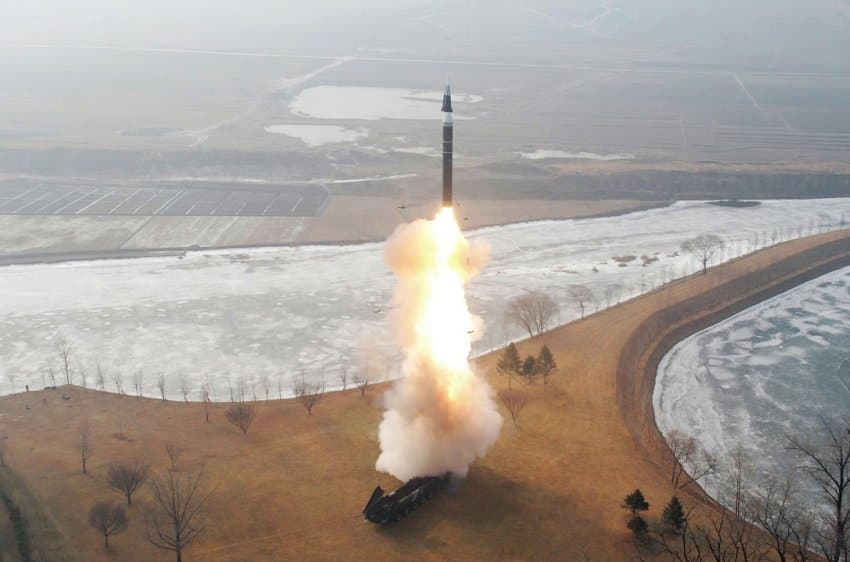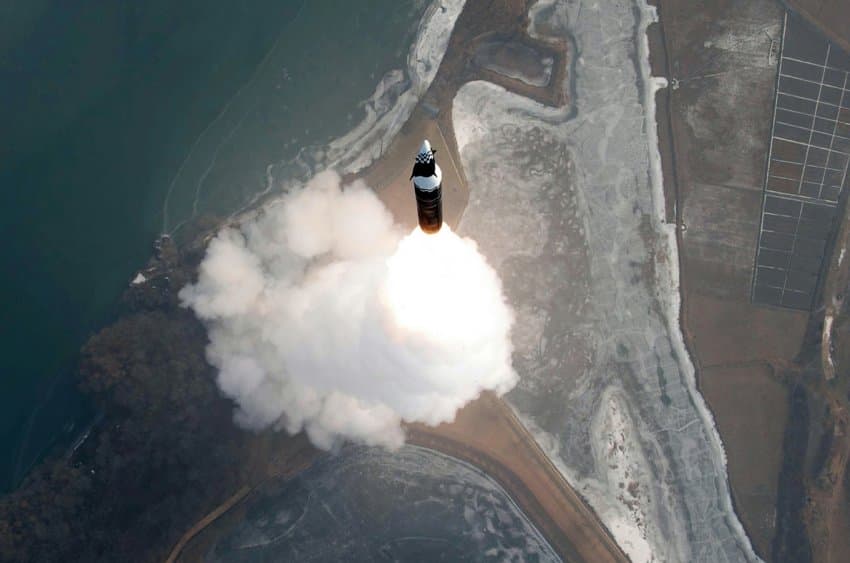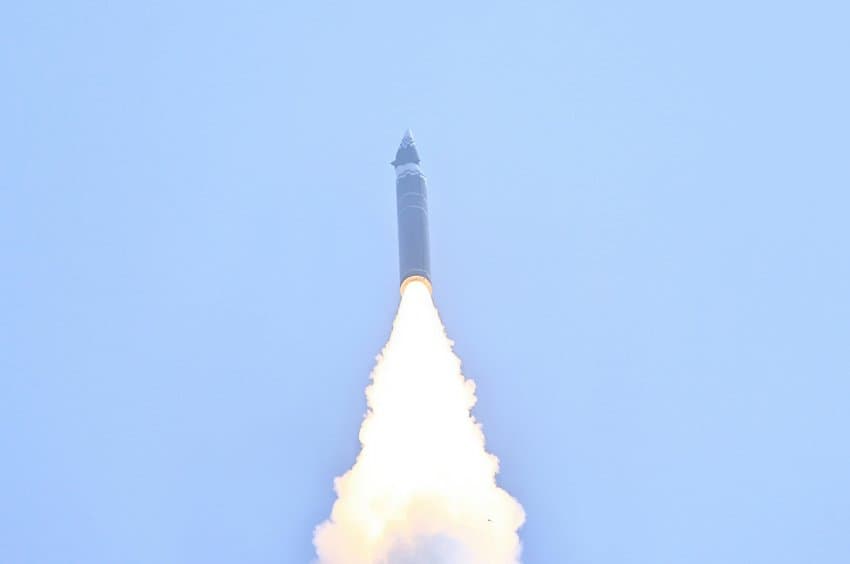On Tuesday, January 7, 2025, North Korea’s Rodong Sinmun newspaper announced that the second launch of the Hwasong-16Na hypersonic ballistic missile took place on January 6. Kim Jong-un and his daughter, Kim Ju-ae, observed the test via video monitoring. This marks North Korea’s first missile provocation of 2025.
The first launch of the Hwasong-16Na missile took place in the Samseok district of Pyongyang on April 3, 2024. According to North Korean sources, it reached a maximum altitude of 101.1 km and a secondary peak altitude of 72.3 km, indicating a maximum range of 1,000 km. However, the South Korean Armed Forces’ General Staff and Japan’s Ministry of Defense estimated the range at 600 km and 650 km, respectively, highlighting a discrepancy.
The second launch was conducted from the same location and, according to official information, once again achieved a maximum speed of Mach 12, a peak altitude of 99.8 km, a secondary peak altitude of 42.5 km, and a flight distance of 1,500 km.
North Korean authorities revealed during the second test that the Hwasong-16Na’s engine casing was constructed using new carbon fiber composites. They also stated that a new, comprehensive, and efficient method was implemented, based on technologies already used in flight control and guidance systems, and that this method is more advanced than those employed in existing missiles.
According to a joint assessment by the governments of South Korea, Japan, and the United States, the flight distance of the second test was only 1,100 km, and no secondary peak altitude was achieved, once again contradicting North Korea’s statement.
In an announcement from South Korea’s Joint Chiefs of Staff, Seoul expressed skepticism about the range and altitude claims made by North Korea:
“North Korea is an organization capable of propaganda, incitement, and deception. Since the country has a dedicated propaganda department, many exaggerated statements have been issued in the past. Therefore, there is a possibility of overstatement regarding the missile’s performance, and we believe it will face difficulties in conducting strikes on the Korean Peninsula and in Japan.”
However, the missile research center of South Korea’s INSS (Institute for National Security Strategy) warned of the accelerated development of the missile’s capabilities, estimating that the Hwasong-16Na has been modified and improved compared to last year’s version, achieving better flight characteristics and hypersonic performance consistent with the parameters of a typical hypersonic glide vehicle (HGV).
In particular, there are suspicions of technical assistance from Russia, as the missile’s performance has improved rapidly. It is believed that North Korea may eventually seek cooperation involving the transfer of intermediate-range ballistic missile (IRBM) technology and that it is highly likely to acquire new carbon fiber materials, the use of which was highlighted in North Korea’s announcements.


